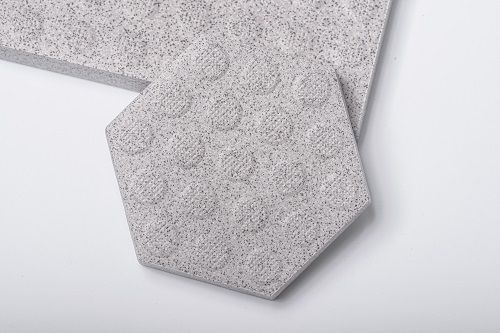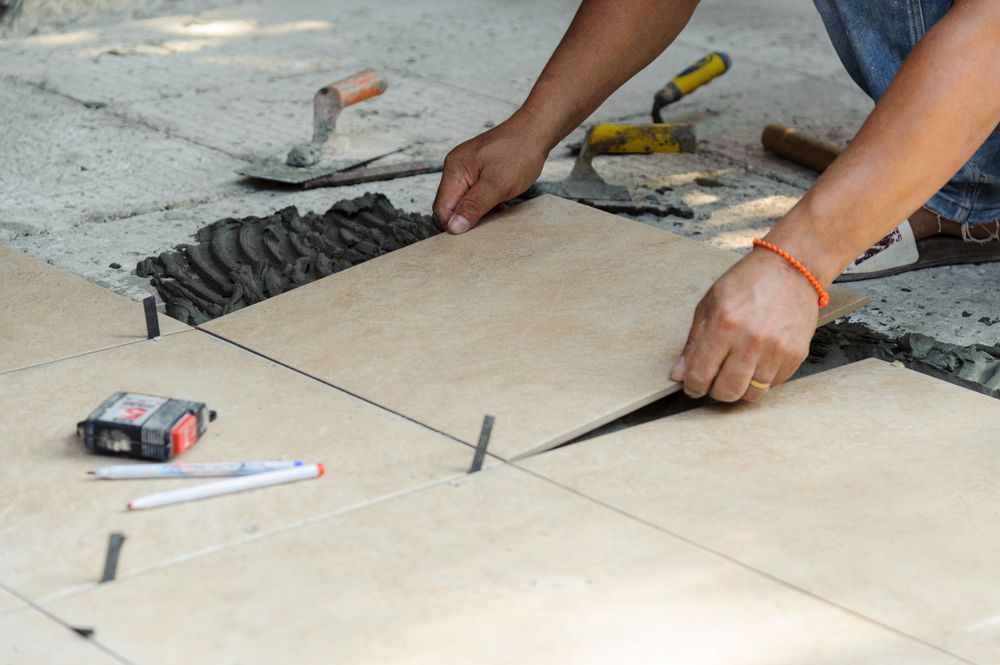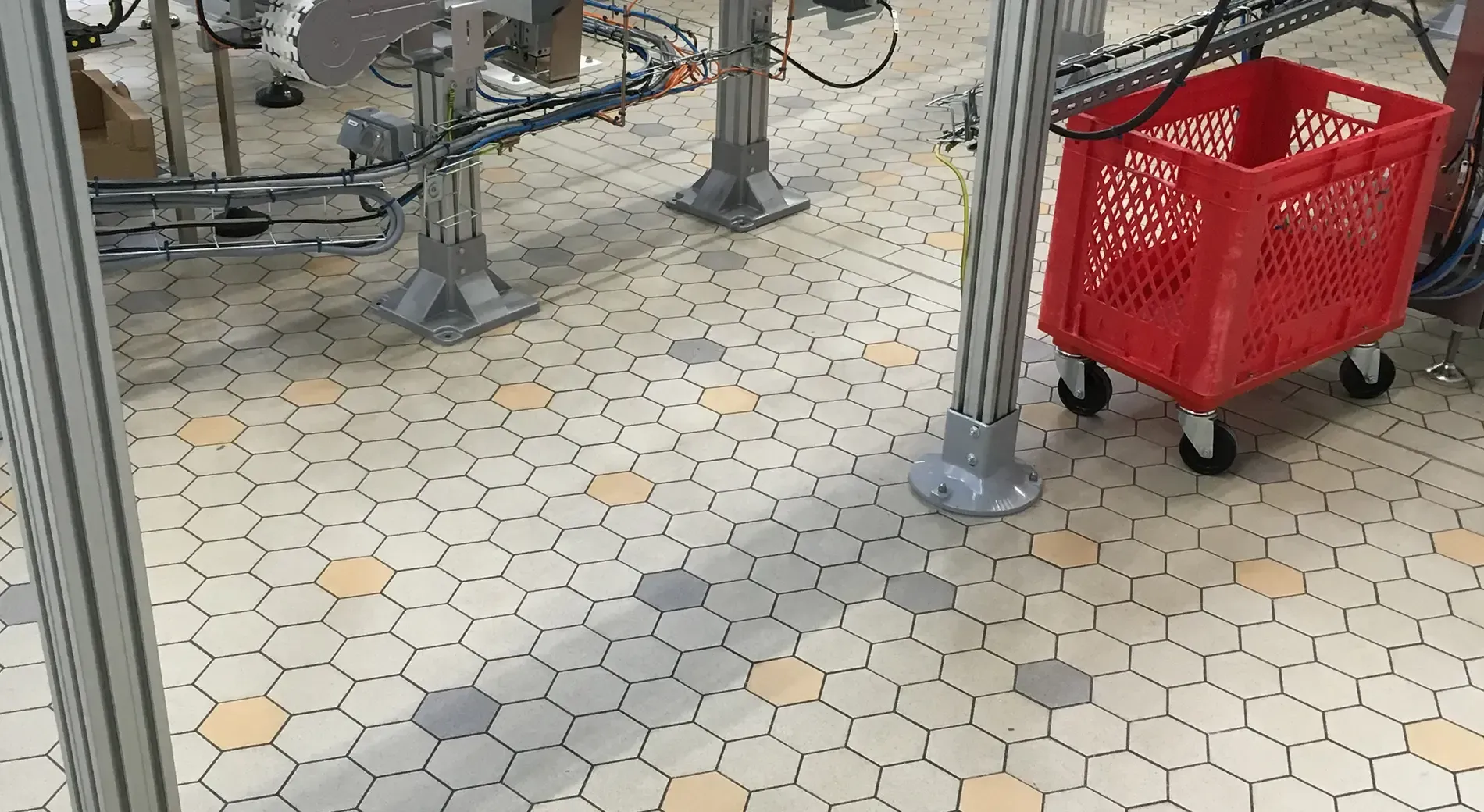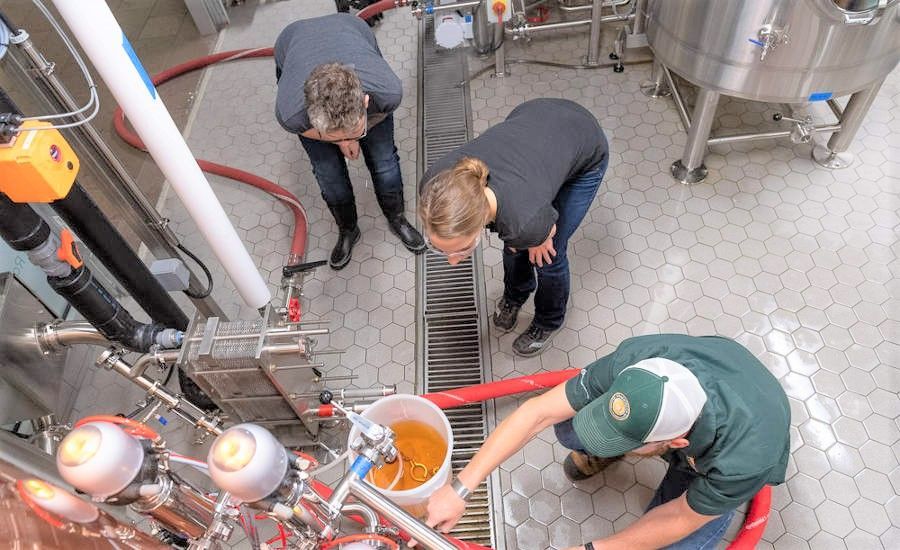Author: Argelith

Nonskid ceramic tiles come in different levels of slip resistance. Find out what each level means and which one is right for each room in your business.
Argelith tiles are renowned for their slip resistance. From the low-profile R9 to the aggressively profiled R13 V10, there is a surface for every kind of industrial need. But how do you know which profile will be best for you? We’ve broken down your options below.
R9
R9 tiles have the lowest profile. They have just enough grip to prevent slips under everyday conditions. If you’re looking to stop customers from slipping on a rainy day or right after mopping, but you don’t need serious traction, R9 is the place to start.
The lower profile makes R9 the easiest slip-resistant tile to clean.
Possible Uses: R9 might be appropriate for a lobby or showroom, a laboratory, or a retail store.
R10
R10 tiles have a greater slip resistance but are still easy to clean. They are recommended for areas that are mostly dry but may become slippery at certain times. R10 provides traction under spills, but if greasy floors are a regular occurrence, you’re going to want to go higher.
Possible Uses: R10 is a great surface texture for body shops, fermenting rooms, or grocery stores.
R11
R11 is where serious traction begins. Use this slip-resistant profile in rooms where slick substances regularly hit the floor.
R11 tiles are not difficult to clean, but they do require more scrubbing than R9 or R10. Be sure you clean them with a floor scrubber equipped with pads, and take your time making each pass.
Possible Uses: R11 works well in areas like bottling lines, bakeries, and cheesemaking rooms.
R12
R12 is a deep profile called for when oily spots are a concern. In places with a high slip risk, you may want to consider adding a V-profile. R12 V06 tiles have an R12 surface raised up on a pattern of dots. The raised pattern provides a place for liquid to collect as it runs off, preventing dangerous puddles.
Possible Uses: R12 V06 keeps people safe in factories producing cooking oils, butter, and processed meat.
R13
There are a few high-impact industries that need both a high-grip and a high-volume raised surface. An R13 surface is the most slip-resistant profile Argelith makes. The V10 dots are raised higher than V06, providing for more liquid displacement.
Possible Uses: R13 V10 was designed for the slippery conditions inside slaughterhouses, butcher shops, and meat packing plants.
Things to Remember
When choosing a surface for slip resistance, make sure you consider all the variables. Require people who work in areas prone to becoming slippery to wear shoes with nonskid soles, regardless of the flooring’s slip resistance.
Put mats at entrances or anywhere water can be tracked from one space into another.
Small-format tiles are naturally more slip-resistant than large-format tiles in the same profile, because grout lines contribute to slip resistance.
It is important to also take cleaning into account. The higher the floor’s slip resistance, the longer it will take to clean. An easy-clean finish baked onto the surface of the tile keeps dirt from sticking, but it does take scrubbing to reach all the dirt in the tiny nooks and crannies a nonslip texture creates.
Proper cleaning includes regular full-floor cleaning with a scrubbing machine. Clean floors with the hottest water possible and a detergent formulated to tackle your mess – a cleaner made to dissolve grease will not break down mineral scale, for example. After cleaning, rinse floors by making another pass with nothing but hot water in the machine. This prevents any detergent residue from drying on the floor and leaving a dirty-looking film.
If you choose a tile with high slip resistance and want to keep it looking bright, plan to clean at least daily, and possibly several times a day. Take your time on each pass so the machine has time to scrub the floor.



